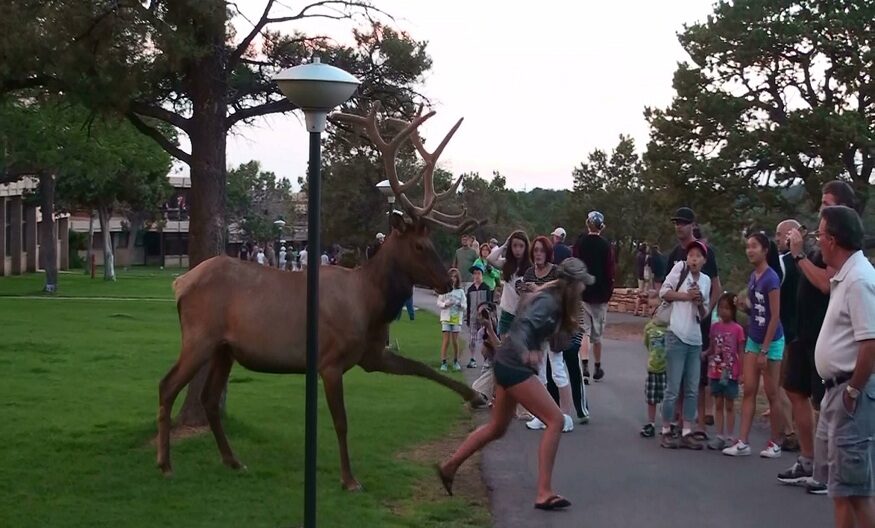
Wildlife can cause damage to homes and property. They can also spread diseases through feces, ticks, fleas, or simply by wandering into your home.
Humans significantly threaten many wild animal species, and their populations often decline. Consumptive activities, such as hunting and culling, contribute to this trend.
Identifying the Problem
Local humane wildlife control Sacramento CA agencies receive yearly calls concerning nuisance species such as squirrels, raccoons, and skunks that damage property and create safety concerns. These problems typically involve animals nesting, denning, and foraging in and under structures; damaging crops, trees, and shrubbery; causing erosion and other environmental impacts.
Nonlethal control techniques, including repellents, frightening devices, and physical exclusion, may be used to resolve nuisance wildlife problems. However, these methods can only succeed if animals are numerous or persistent, habituate to aversives or escape physical barriers.
In addition, humaneness and consumer protection are essential issues in urban wildlife management that have yet to be explored openly. The need to find more effective and humane means of resolving conflicts with urban wildlife is evident. However, defining an ethical approach to urban wildlife control takes time and effort. A broad range of opinions exists on what is ethically correct. The definition of ethically acceptable can vary widely among individuals and across cultural contexts.
Identifying the Species
Although wildlife species are essential to the ecosystem, in some cases, they pose nuisance or safety problems for people. When they do, many homeowners resort to human-wildlife control. This may include repellents, frightening devices, or physical exclusion. The problem is that, when poorly executed, these methods often need to be revised and can be inhumane.
Human-wildlife conflict with wild animals in urbanizing areas is inevitable and growing. Whether the disputes involve birds, deer, or squirrels, effective and humane resolution methods are needed.
While there is much talk of reforming governance in these areas, much also depends on a cultural change that promotes tremendous respect and understanding for wildlife and the biotic communities in which they live. That will require education, transparency, and consumer protection—essential elements of urban wildlife management that, to date, have received little attention. In the meantime, raccoons, skunks, foxes, squirrels, and woodpeckers will continue to roam cities and towns and be a source of nuisance, damage, and conflict for residents.
Identifying the Damage
The damage caused by wildlife to human structures, crops, and natural resources can be severe, and it is often perceived as a threat to human safety. This is referred to as human-wildlife conflict.
In the United States, municipal animal care departments often offer telephone advice about resolving wildlife conflicts, and some will trap and translocate or euthanize nuisance animals, such as Norway rats, house mice, skunks, raccoons, and bats, as part of their services. In addition, many private pest control operators specialize in solving these problems for a fee.
A comprehensive approach to wildlife damage management is needed, incorporating various cost-effective, environmentally safe, and socially acceptable methods that reduce conflicts to tolerable levels. Lethal control options should be limited, and their use must also be considered in the context of welfare concerns for the wildlife being targeted. This is especially important when dealing with invasive species competing with native wildlife for food and shelter.
Identifying the Prevention
The public wants the kinds of wildlife they encounter in urban settings to be managed humanely. However, more than current approaches to conflict resolution may be required. Insights into disproportionate responses, perception of risk, and social influences are helping to provide better means of addressing wildlife conflicts.
Typical problem animals include squirrels, raccoons, woodchucks, skunks, and bats; ground-nesting birds such as house sparrows, starlings, and pigeons; and insects. Most problems involve animals establishing dens or nests in or under homes, porches, and decks; damaging property by chewing, scratching, and digging; and depositing feces and other debris.
Exclusion techniques and products can reduce problems by keeping wildlife from accessing areas where it is unwanted. Using repellents to discourage animals from entering areas can be helpful as well. Whenever possible, avoid killing or harming nuisance species. Killing can cause pain, discomfort, and suffering; the underlying question of whether the killing is necessary should be examined in all cases.
